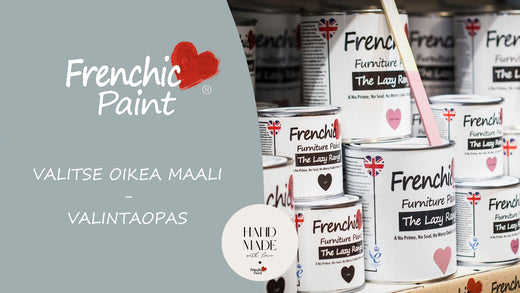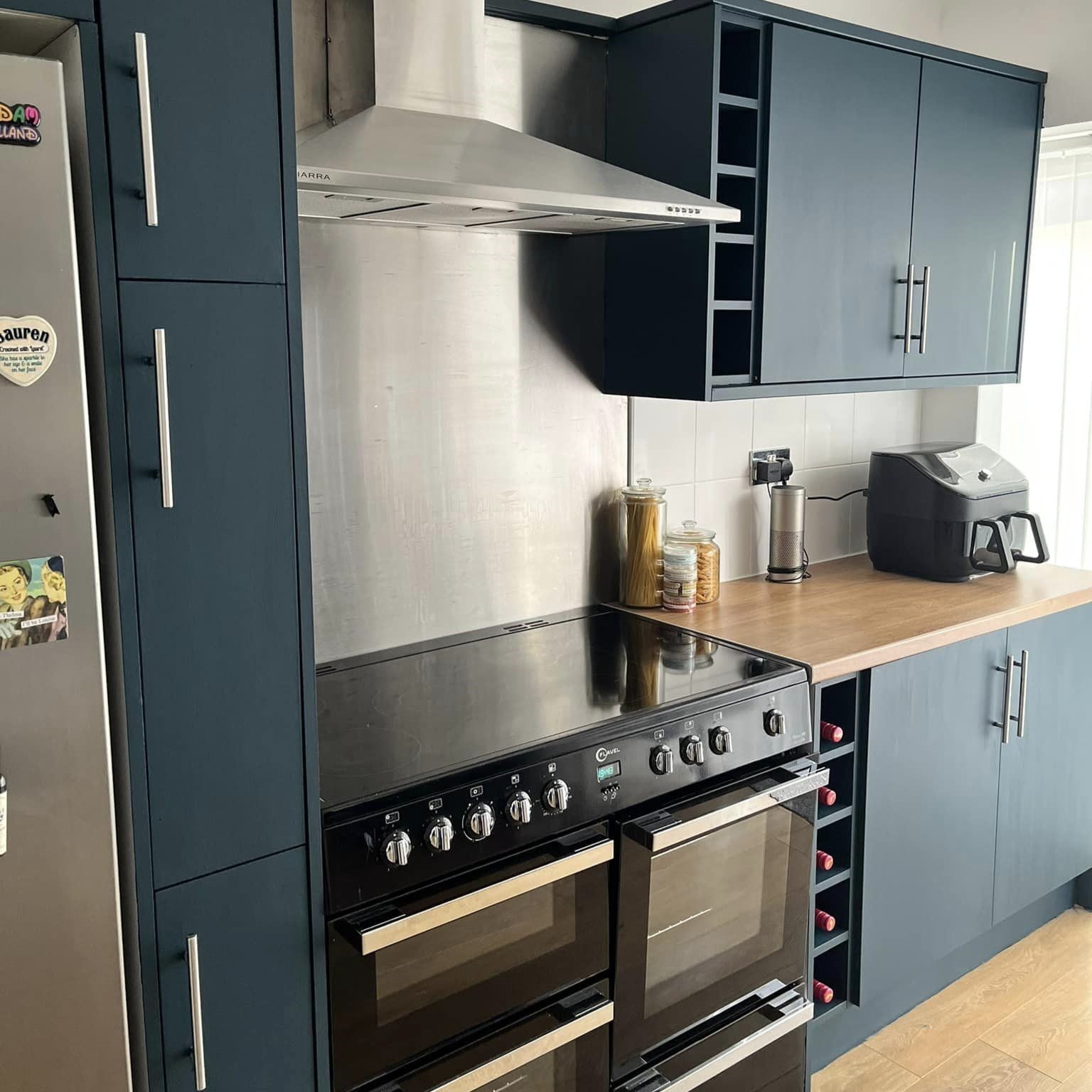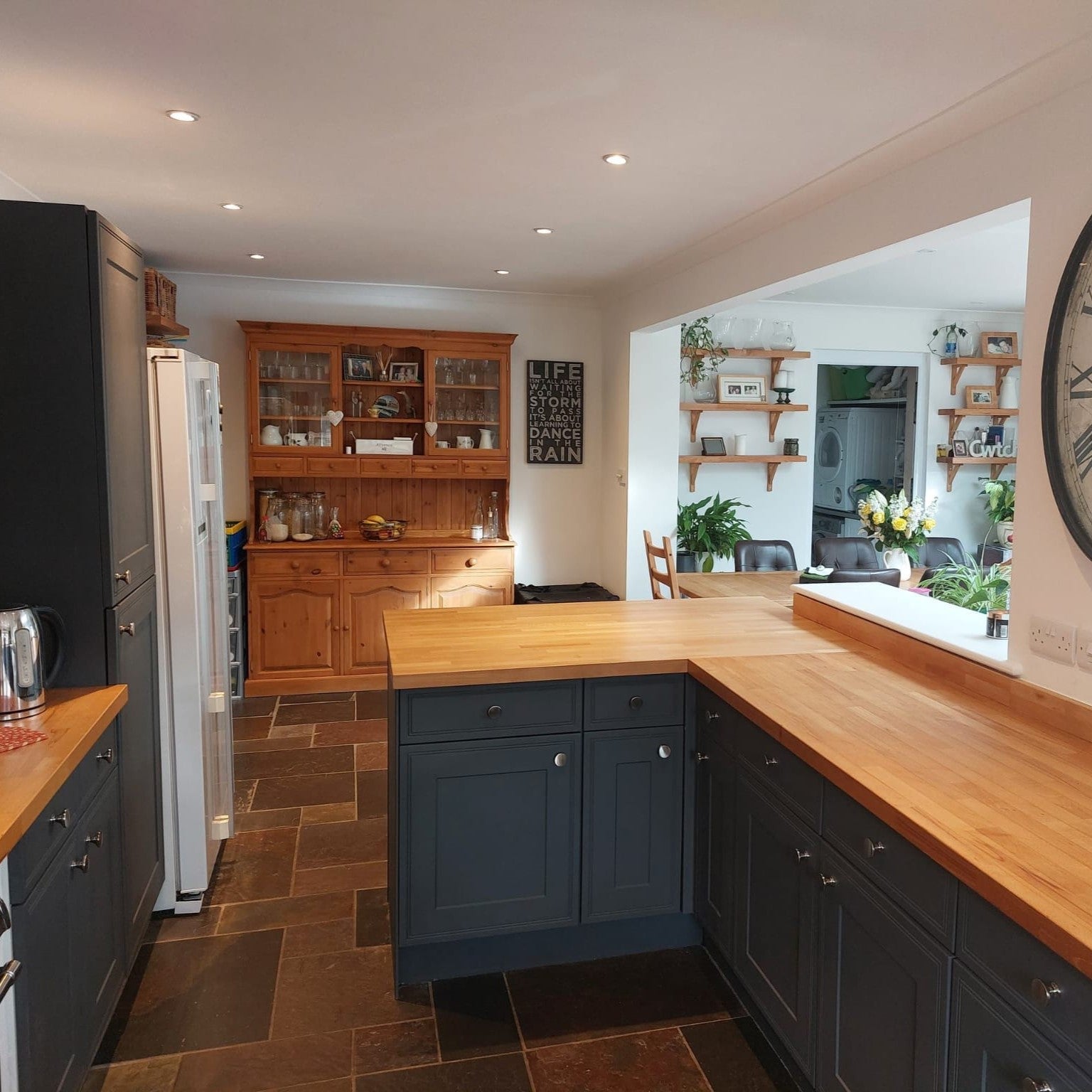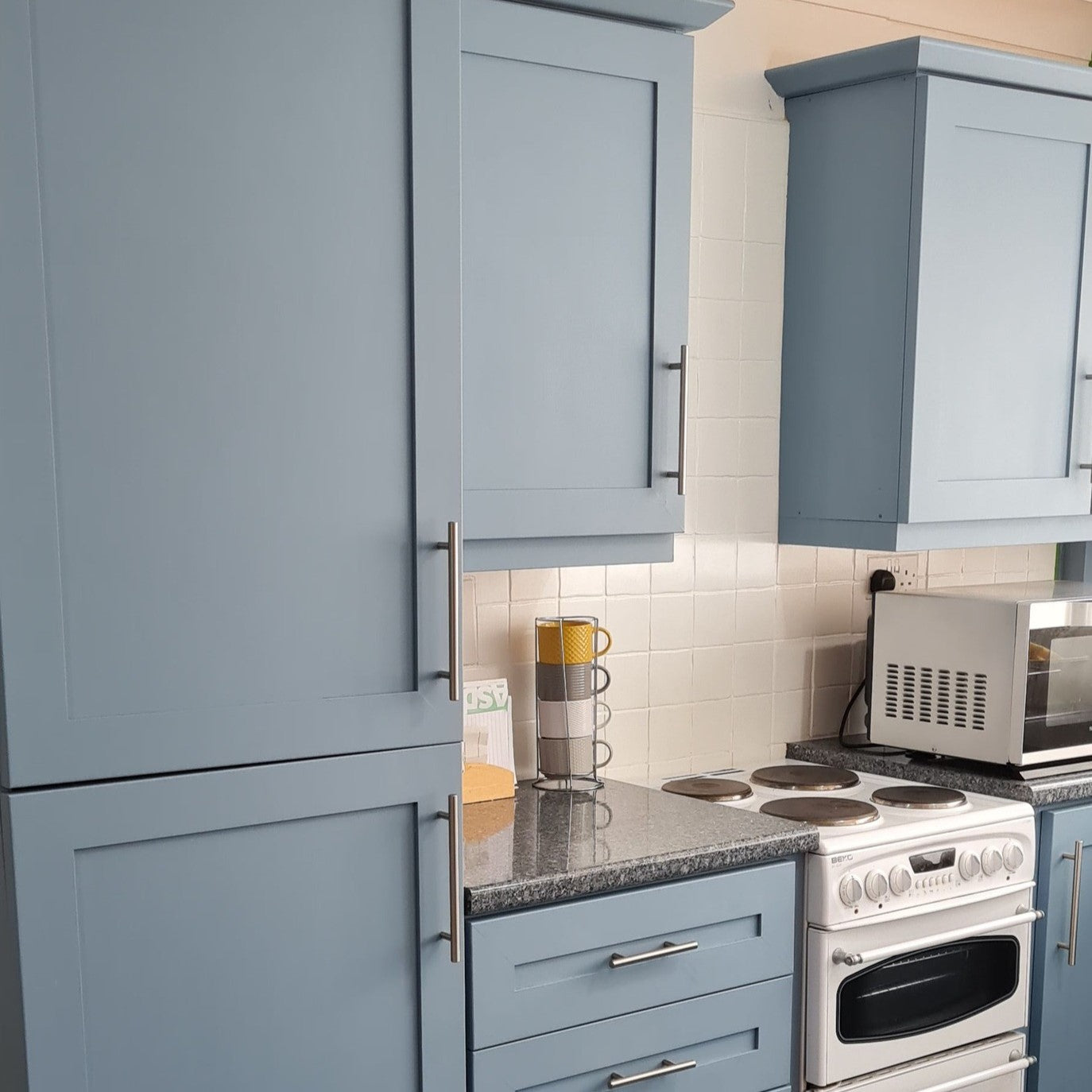How to succeed in radiator painting – 3 easy tips
Radiators are often overlooked in interior design, even though repainting them is a super easy way to refresh the look of your home.
By painting the radiators the same shade as the walls, you can make them blend stylishly into the decor and achieve a finished and polished result. Or you can create a striking detail by choosing a bold color for the radiators.
Follow these tips and you will get a professional result easily and effortlessly

1. Consider the type of radiator before painting
First, it is worth finding out what type of radiator you have in your home, as different models require different working methods. For example, if the radiator has a towel warmer or complex corners, you will need precision and care. When painting edges, it is advisable to proceed around the entire radiator at once, especially when it has a more complex design. Straight, flat radiators are simpler to paint. Examine the radiator to see if you need masking tape or if a narrow roller with a long handle is a handy aid for painting behind the radiator and pipes.
Chrome or towel radiators are more challenging but not impossible to paint. Good pre-treatment is especially important for them. Remember to always paint a completely cold radiator, and ensure that the radiator does not need to be used for at least 48 hours after painting so that the paint has time to dry properly. Ideally, paint radiators during the warmer months, outside the heating season.
2. Choose a suitable paint and color for the radiator
For painting radiators, you need durable, heat-resistant paint. Regular wall paint is not suitable because it chips easily from heat. Excellent options for radiators are Frenchic paints, such as Al Fresco or Trim Paint series, which do not require priming. Al Fresco provides a beautiful matte finish, while Trim Paint offers a stylish semi-gloss, satin finish.
Then the most fun phase – choosing the color. For example, Salt of The Earth creates a harmonious, uniform color surface because you can use it on walls from the wall paint series, on furniture from the furniture paint series, as well as on trims, doors, and frames, and on radiators from the Trim Paint series. If you want a striking detail, the dark and striking Blackjack Al Fresco shade is an excellent choice. From here you can conveniently see all Frenchic shades from different series.
3. Tips for successful brush strokes and drying
Clean the radiator thoroughly before painting, for example with Frenchic Sugar Soap cleaner. Rusty and peeling spots should be sanded smooth so that the new paint adheres well. After sanding, wipe the surface with a damp cloth and let it dry completely.
You achieve a professional surface with long and even brush strokes, starting from the top and pulling downwards. Do not overwork the paint, but follow the recommended number of paint layers and allow the layers to dry properly. If brush marks are visible after drying, light intermediate sanding with 320–400 grit sandpaper helps achieve a flawless finish. Note that if you paint a warm radiator, the paint dries too quickly and the result will almost certainly have noticeable brush marks. For this reason, schedule your painting project outside the heating season or turn off the radiator well in advance before painting, at least 24 hours.
You can conveniently paint difficult areas with a special long-handled radiator roller or with an oval brush. For painting towel warmers and round radiators, a homemade solution also works: a sock worn over a plastic glove. For small areas, an XS size oval brush is especially suitable.
Recommended supplies:
Would you like to read more about painting radiators or a wood stove?










